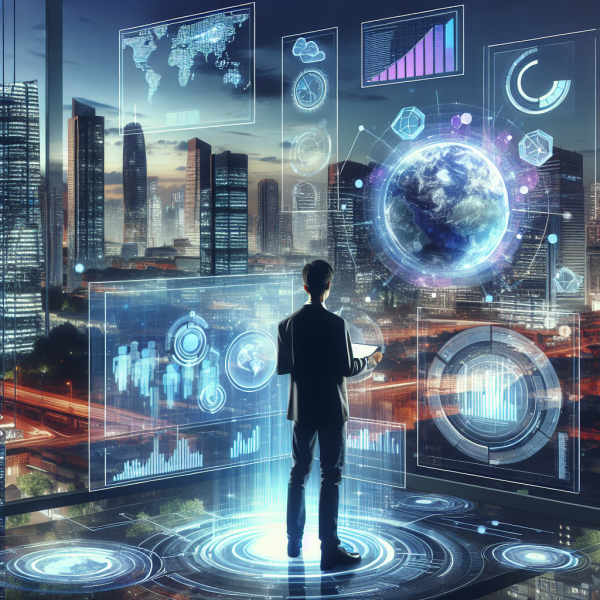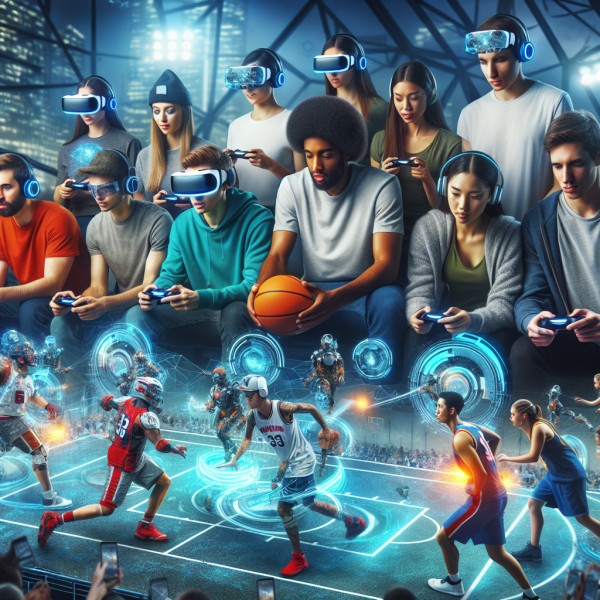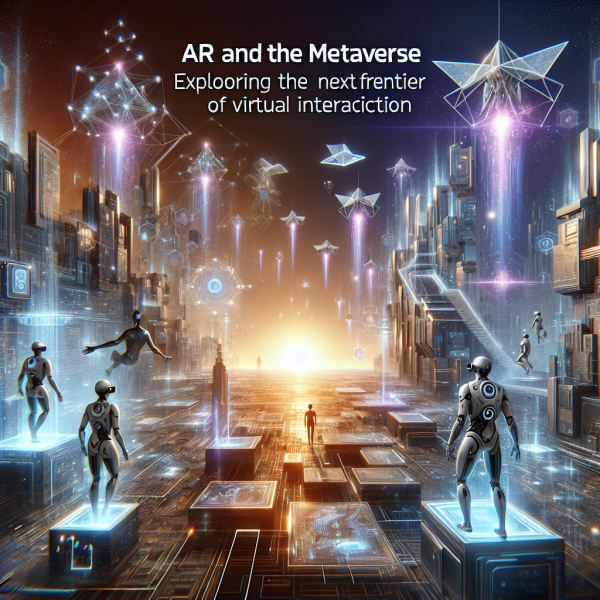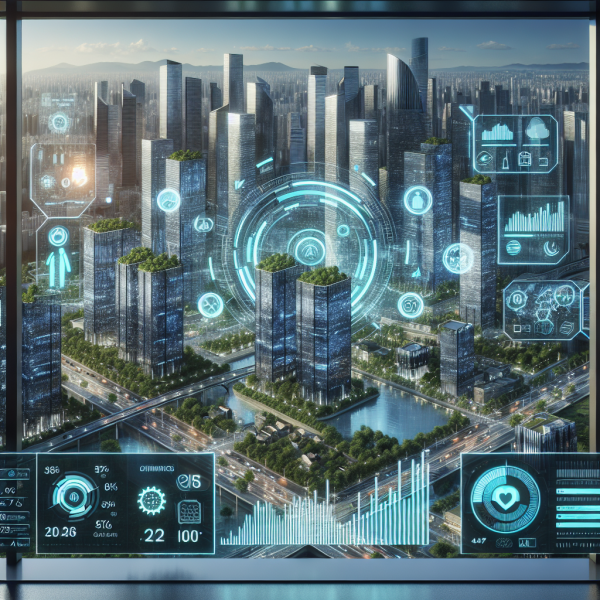The Intersection of Art and Technology: AR Innovations in Creative Expression
In the rapidly evolving world of digital innovation, the intersection of art and technology has birthed exciting new avenues for creative expression. Among these, Augmented Reality (AR) stands out as a powerful tool that transforms the way artists and audiences engage with the visual realm. As artists harness the potential of AR, they not only enhance the depth of their work but also redefine the boundaries of artistic experience itself.
What is Augmented Reality?
Augmented Reality refers to the integration of digital information with the real-world environment, enhancing user perception and interaction through devices like smartphones, tablets, and AR glasses. Unlike Virtual Reality (VR), which immerses users in a completely digital world, AR superimposes digital elements onto the real world, creating a hybrid visual environment. This unique characteristic of AR allows artists to create interactive artworks that can be experienced in situ, making the viewer a part of the creative process.
Expanding Artistic Realms
Historically, art was confined to galleries or public spaces. With the advent of AR, artists can transcend these traditional limits, putting their work into public spaces and virtual environments that coexist with everyday life. For instance, artists can create murals that, when viewed through an AR app, come to life with animations, sound, and interactivity. This not only enhances viewer engagement but also creates a dialogue between the physical and digital realms.
AR as a Collaborative Medium
The collaborative aspect of AR has also transformed creative expression. Artists from various disciplines—graphic designers, animators, and even coders—are coming together to create multifaceted pieces that blend art, science, and technology. Platforms like SnapAR, Adobe Aero, and Unity are providing tools that make it easier for creators to collaborate, prototype, and share their work. This intermingling of disciplines accelerates innovation and leads to groundbreaking artistic developments.
Case Studies: Revolutionary AR Artworks
Several artists and projects exemplify the revolutionary potential of AR in art. One prominent example is Kara Walker’s “Fons Americanus,” a monumental fountain that explores historical narratives around colonialism and race. By incorporating AR, viewers can engage with the artwork on deeper levels, experiencing animated narratives that provide commentary and context in real-time.
TeamLab, a collective of artists, scientists, and engineers based in Tokyo, has also pushed the boundaries of AR. Their stunning installations are immersive and interactive, often transforming entire rooms into dynamic environments where the audience is an integral part of the artwork.
Democratizing Access to Art
Another transformative effect of AR is the democratization of art. Publicly accessible AR experiences can reach broader audiences without the limitations of geography or socioeconomic status. Museums and galleries can utilize AR to create virtual tours, bringing exhibits to individuals who may not have the ability to visit in person. Initiatives like The Invisible Man, which allows users to meet a historical figure in AR, showcase how technology can make history and culture more accessible and engaging.
Challenges and Considerations
While the integration of AR in art brings numerous benefits, it also presents challenges. Issues related to digital ownership, copyright, and the ephemeral nature of augmented experiences raise essential questions for artists and institutions. Additionally, as AR technology evolves rapidly, artists must continuously adapt and learn, often requiring new skill sets and resources.
The Future of AR in Creative Expression
As AR technology continues to advance, the potential for innovation in artistic expression will only grow. The fusion of machine learning, artificial intelligence, and AR will likely yield unprecedented interactive experiences that redefine how we perceive art. As artists continue to explore this digital canvas, the dialogue surrounding the nature of art—what it is, where it belongs, and how it can be experienced—will undoubtedly evolve.
Conclusion
The intersection of art and technology through Augmented Reality paves the way for a new era in creative expression. By enhancing interactivity, expanding accessibility, and fostering collaboration, AR is reshaping the art landscape. As the lines between the physical and digital blur, artists and audiences alike are invited to engage in conversations that challenge traditional paradigms and embrace the limitless possibilities of creative innovation. As we move forward, we will witness a rich tapestry of experiences that celebrate the boundless potential of human creativity in an augmented world.














